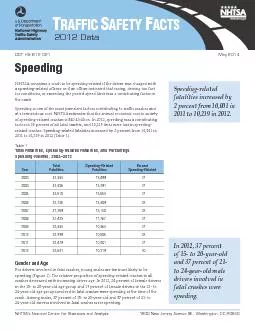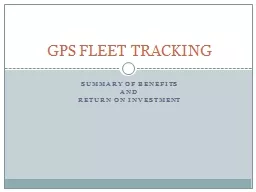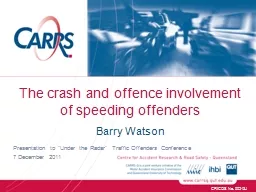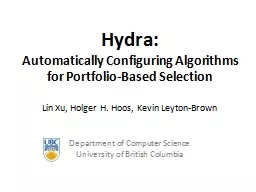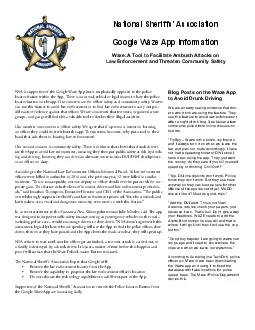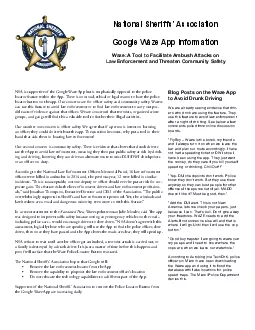PPT-Automatically Speeding Up
Author : studmonkeybikers | Published Date : 2020-08-04
LOCAL Algorithms Seth Pettie University of Michigan Naor Stockmeyer SICOMP 1995 Chang Kopelowitz Pettie FOCS 2016 Chang Pettie FOCS 2017 SICOMP 2018 Joint work
Presentation Embed Code
Download Presentation
Download Presentation The PPT/PDF document "Automatically Speeding Up" is the property of its rightful owner. Permission is granted to download and print the materials on this website for personal, non-commercial use only, and to display it on your personal computer provided you do not modify the materials and that you retain all copyright notices contained in the materials. By downloading content from our website, you accept the terms of this agreement.
Automatically Speeding Up: Transcript
Download Rules Of Document
"Automatically Speeding Up"The content belongs to its owner. You may download and print it for personal use, without modification, and keep all copyright notices. By downloading, you agree to these terms.
Related Documents


